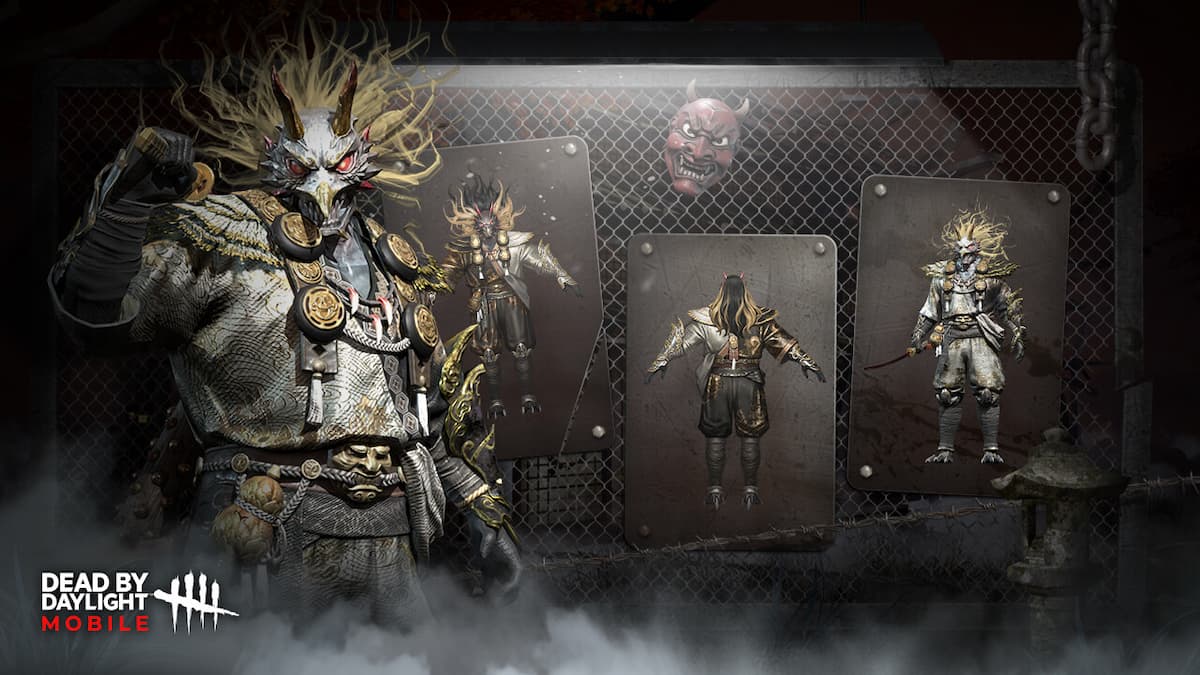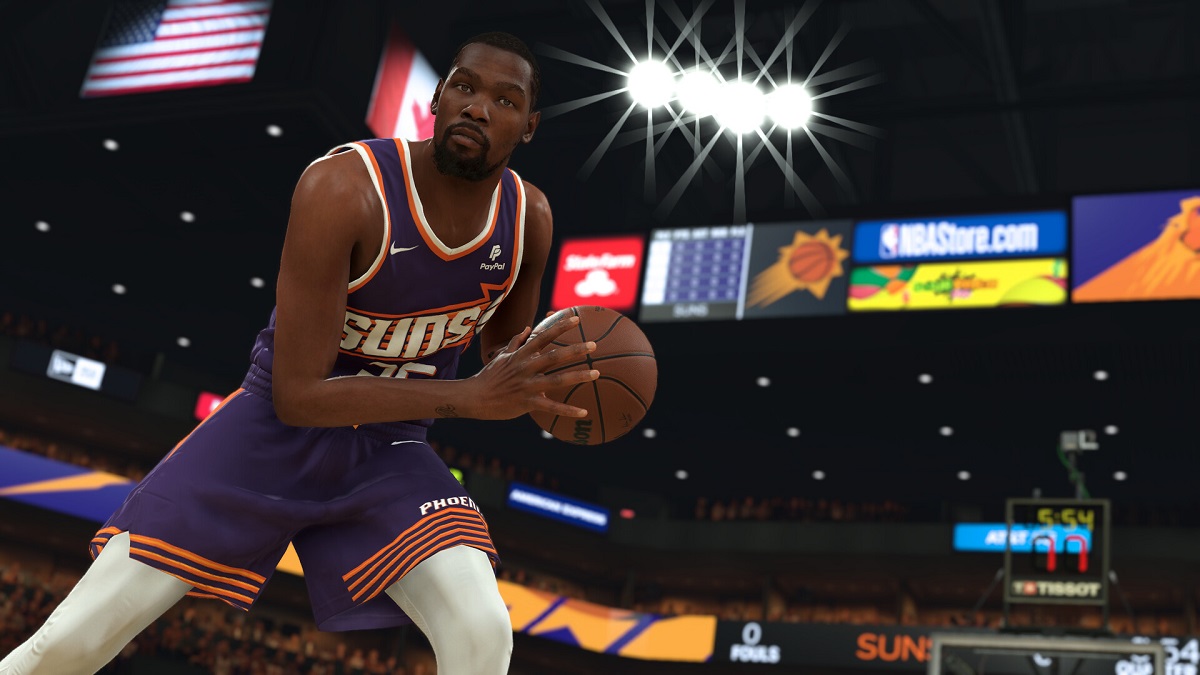Arguably the hardest role in what is already a devastatingly difficult game; playing a Squad Leader in the early access realistic title Squad requires sharp ears, a keen eye, and most of all: the ability to communicate efficiently and effectively in high pressure situations. Before even considering taking on this role, be sure to first read through:
Squad Leadership
Squad is almost more of a psychological experiment than a shooter with its huge emphasis on teamwork, coordination, and vocal communication between players. Being a Squad Leader that can actually get soldiers to do what they are told without having everyone hate you is no small task, but it’s an important balancing act to get right.
The long and the short of being a Squad Leader is to be decisive and tough, while remaining likable. Barking out orders like R. Lee Ermey is going to cause your squad to evaporate as they leave your server and search out a new one. But, at the same time you need your soldiers to do what they are told if you are going to get anything done. Feel out your group and figure out what works best – some like jokes and humor, others are all business.
 Contrary to popular belief, this is not the best way to talk to your squad
Contrary to popular belief, this is not the best way to talk to your squad
Keep in mind what purpose you serve as Squad Leader. Your job is to build deployables (see below) and coordinate the group toward an objective. It’s not to be a super soldier who rushes out into the open and takes down the enemy. While you should — of course — be laying down fire, you shouldn’t be the point man going after a high kill count. That’s what you have riflemen and machine gunners for.
Always be pushing your team towards the next objective, rather than getting bogged down in pointless firefights that don’t get you any closer to winning. It’s better to avoid the enemy altogether than have to wait for downed soldiers to be revived or respawn.
Squad Communication
Remaining in frequent communication with the team is critical, as you are the eyes and ears that leads a squad to victory or death. See the medic getting shot down while trying to revive someone? Order a rifleman to pop a smoke grenade or provide suppressing fire.
By checking in and issuing orders, you avoid having lone wolves wandering around, doing their own thing. Don’t be afraid to assign roles either. If no one took the medic role, that’s a serious problem and you should be telling specific players to switch roles and cover all the bases.
To be an effective Squad Leader, you should be aware of what your subordinates are doing and have a clear objective for them to accomplish next. You have binoculars, so call out locations. When you don’t mind giving away your location, visually show your team the enemy by firing at their position.
Equally important to issuing orders is staying in communication with other Squad Leaders. If all the leaders work together, you’ll end up with a cohesive spawn infrastructure that makes reaching objectives much easier. Everyone will be appraised of enemy movements without being caught off guard and ambushed.
On the opposite side of the communication spectrum, listen to your team and take their suggestions seriously. They can be an excellent resource if you’ve forgotten to set an RP or someone has located an enemy position.
Placing Deployables Effectively
Burning through Rally Point (RP) respawns is a bad idea. While communication and role diversity will help with that, one of the biggest factors is simply where you place RPs.
Rally Points are easy to place since you only need one other team member with you. Although it seems dangerous, RPs should generally be put as close to the front line as possible. The whole point of an RP with limited spawns available is to get your squad members back into the fight faster than if they deploy back at the beginning.
Set these as far forward towards your next objective as you safely can. If you have time, look for a more hidden or covered location rather than the top of an open hill where the enemy has clear line of sight to your respawning soldiers.
 Rally Points should put soldiers directly back into the action
Rally Points should put soldiers directly back into the action
Forward Operating Bases (FOBs) on the other hand shouldn’t be on the front lines, and instead should sit somewhere between your starting base and your most forward RP. These are critical, because while only your group of 8 squad members can spawn at an RP you’ve placed, anyone on your entire team of up to 50 soldiers can spawn at any FOB.
If your FOB is significantly out of the way of the enemy or in a hidden location, don’t spend any time building it up at all. Remaining hidden is better in this instance. There’s no need to have the squad waste time building up defenses that will make you easier to spot. The closer you are to enemy forces, the more time that should be spent fortifying an FOB. Otherwise it will be useless, as your squad mates will get gunned down as soon as they respawn.
This is another area where communication is key – make sure other Squad Leaders know where you are setting an FOB, as there’s no point in having two right next to one another.
 A squad should be a well oiled machine where everyone knows their role
A squad should be a well oiled machine where everyone knows their role
Let us know your experiences of playing with excellent (and terrible) Squad Leaders, and tell us if you’ve got any tips on how to play this role effectively!







Published: Jan 30, 2016 12:05 PM UTC